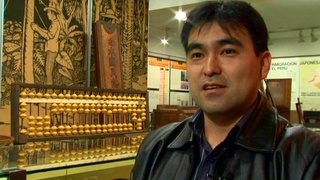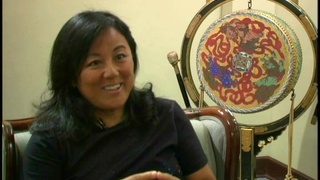Interviews
What Makes Japanese Cooking In Peru Interesting (Japanese)
(Japanese) To begin with, there was no true Japanese cuisine. That’s the first point.
The second point – and this surprised me when I came to Peru…if you ask why I’ve been here so long, it’s because I can do anything. Whatever I want. The thing about Peru is, you can get 90% of anything in the world at the small markets here. So there’s virtually nothing you can’t create. Plus, there’s 2,200 km (1,367 miles) of coastline, so there are plenty of varieties of fish and other sea life. And since many Japanese-Peruvians and Chinese people come here, there are plenty of Asian vegetables and things like that. On top of that, there are also a lot of interesting ingredients to work with.
I believe Mr. Matsuhisa also uses a lot of ingredients from here at his restaurant, “Nobu”. Bottom line is, it’s like people used to talk arrogantly about “discovering new continents”. People from so-called old continents come to new continents and discover many surprising crops. And talk about the abundance of different varieties…There are so many, I couldn’t even list them here. Take red peppers as just one example. In Japan, red peppers are just used to add a spicy kick.. But here, each variety of red pepper has a different flavor. And you can draw out each of those tastes. You can enjoy such a range with so-called fusion cuisine. Putting aside the question of whether you’ll make money or not as a business, for us cooks, there just so many interesting things here.
Date: April 18, 2007
Location: Lima, Peru
Interviewer: Ann Kaneko
Contributed by: Watase Media Arts Center, Japanese American National Museum





